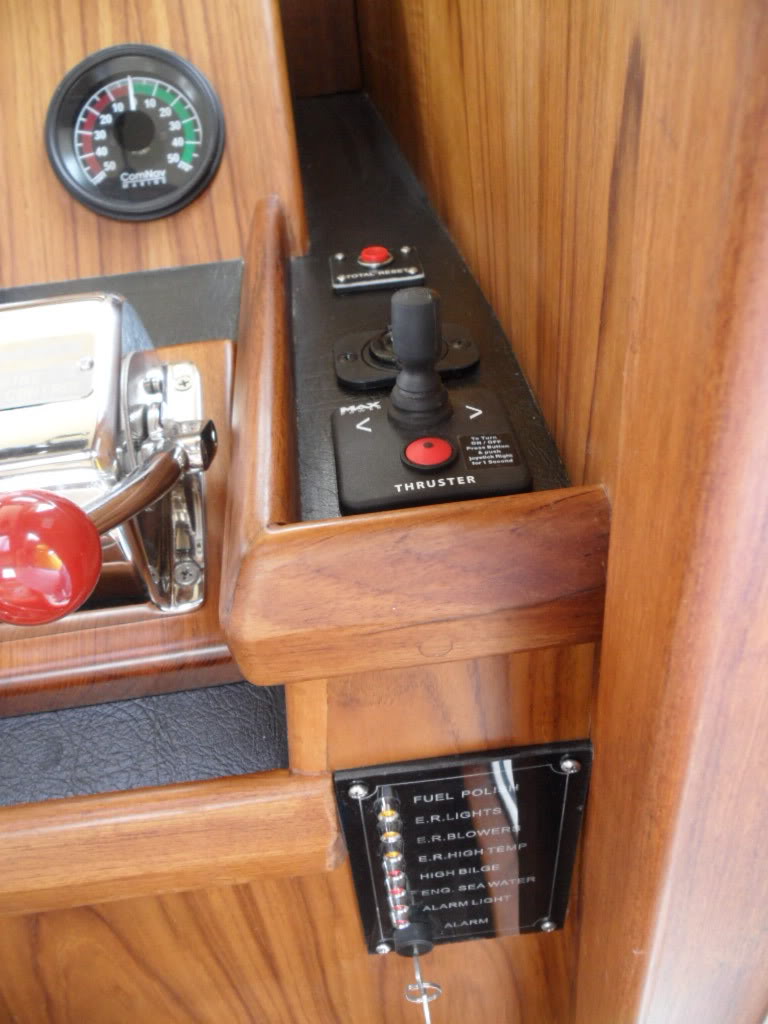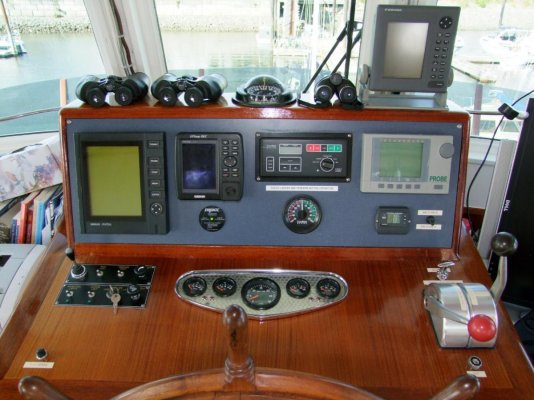Phil Fill
Guru
- Joined
- Oct 11, 2007
- Messages
- 2,919
- Location
- US
- Vessel Name
- Eagle
- Vessel Make
- Roughwater 58 pilot house
GG as others have indicated the problem is docking, not cruising for the most part.
If you can choose a place to dock that has the wind blowing you into the dock, then its a piece of cake.
Being blown away from the dock is more difficult. Generally a quick call on the radio will bring a person or two dockside to grab a line.
Anchoring out in a big boat is cheaper and easier. That can be done every time single handed. Then just take the skiff to shore.
I disagree with long that cruising and anchoring is easier being solo as you have to be constantly on the alert and go. That is why I prefer the dock and seldom anchor as I can relax and take a nap rather than honey/dad/Grandpa can you?

If you watch and time the tide current and wind docking not town much of a pucker factor besides is over in a couple of minutes. Ok, so I been know to kiss the dock a few times.

 I would wait until you know what engines the boat has, and then have a diesel mechanic go through them and be there when he does to ask questions. I have a diesel mechanic check the engine each year and each year I am having to more and more of the general maintenance.
I would wait until you know what engines the boat has, and then have a diesel mechanic go through them and be there when he does to ask questions. I have a diesel mechanic check the engine each year and each year I am having to more and more of the general maintenance. 



